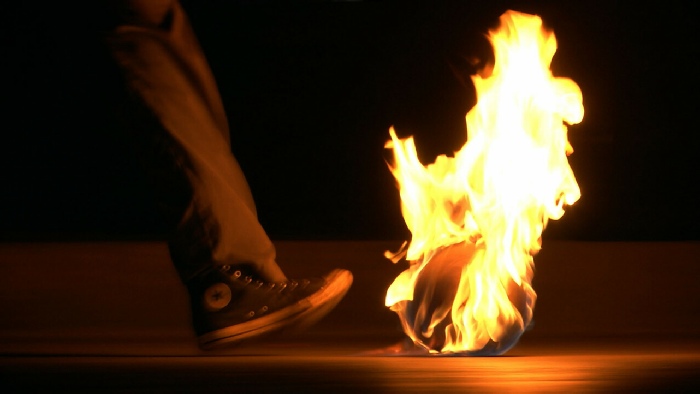Press Release
The Musée cantonal des Beaux-

Francis Alÿs, As Long As I’m Walking
Musée cantonal des beaux-arts, Lausanne (Switzerland)
15.10.2021 - 16.01.2022


© ArtCatalyse International / Marika Prévosto 2021. All Rights Reserved
Exhibition 15 October 2021 -
Alÿs has been walking for over 30 years. He began doing so in Mexico City, his home since 1986 where he has filmed the largest number of his walks; others have taken place among others in the cityscapes of Havana, London, Venice, and Jerusalem. Alÿs is indisputably the artist-
As Rebecca Solnit writes in Wanderlust: A History of Walking, “thinking is generally thought of as doing nothing in a production-
While Alÿs figures as a protagonist in most of his early videos, he moves behind the camera in a series of works begun in 1999, the Children’s Games. In these he films children playing, always outdoors, usually in groups, sometimes alone—musical chairs, kites, marbles, sandcastles, rock paper scissors, and other familiar games. Watching the children at play, it is tempting to read the artist’s urban peregrinations as attempts to rediscover the naturalness of child’s play, an activity as profoundly essential as it is radically free, where stories are written, bonds forged, and space tested. These videos, shot in a number of countries, also give the artist an initial approach or entry point when dealing with new, unfamiliar situations or contexts. During his first trip to Kabul in 2010, for instance, Alÿs observed children playing and filmed one of their favorite games, which was the inspiration for Reel-
Curated by Nicole Schweizer, curator of contemporary art at MCBA, with the assistance of Elisabeth Jobin, assistant curator.
Publication
Nicole Schweizer (ed.), Francis Alÿs: As Long as I’m Walking, with texts by Julia Bryan-
Francis Alÿs, Paradox of Praxis 5 (Sometimes We Dream as We Live and Sometimes We Live as We Dream) (still), 2013. Video, color, sound, 7:49 minutes. Documentation of an action, Ciudad Juárez, Mexico, in collaboration with Rafael Ortega, Julien Devaux, Alejandro Morales and Félix Blume. Courtesy of the artist, Peter Kilchmann (Zurich) and David Zwirner (New York, London, Paris, Hong Kong). Image: © Atelier für Videokonservierung, Bern
